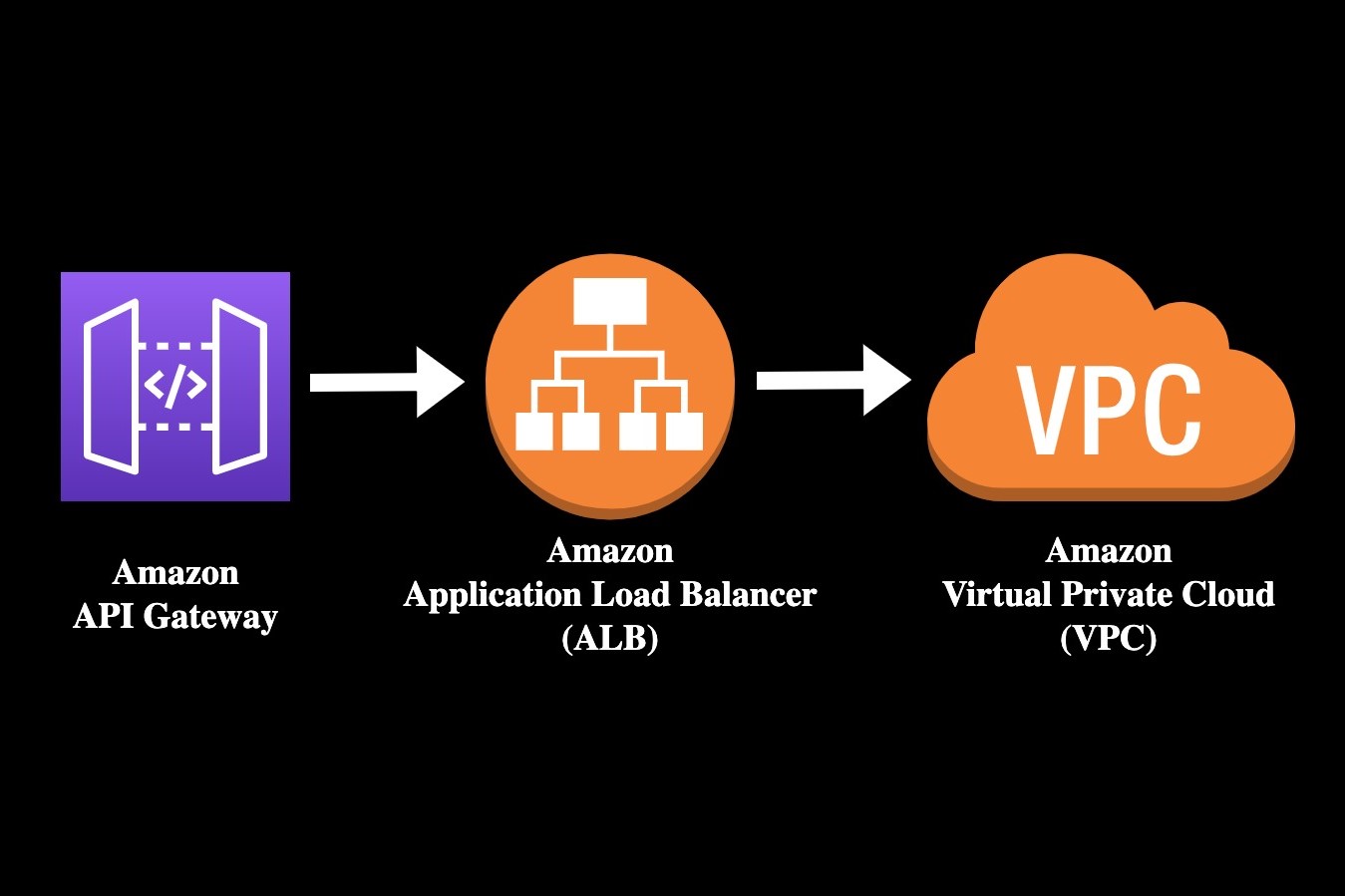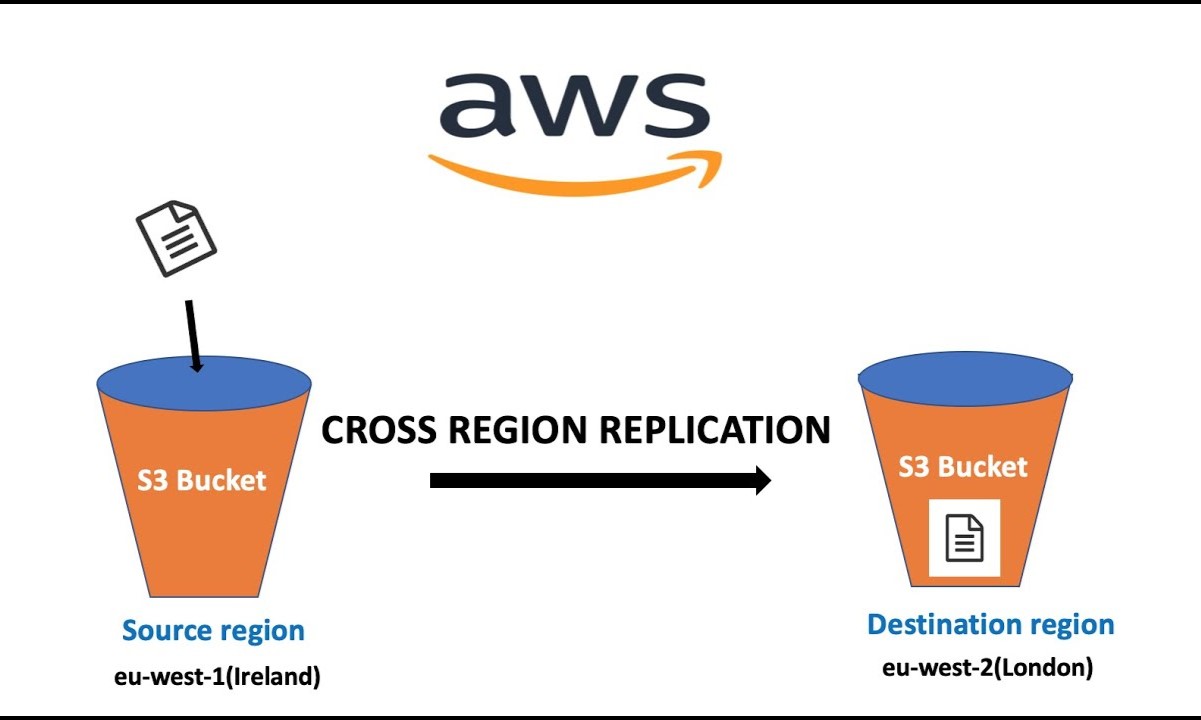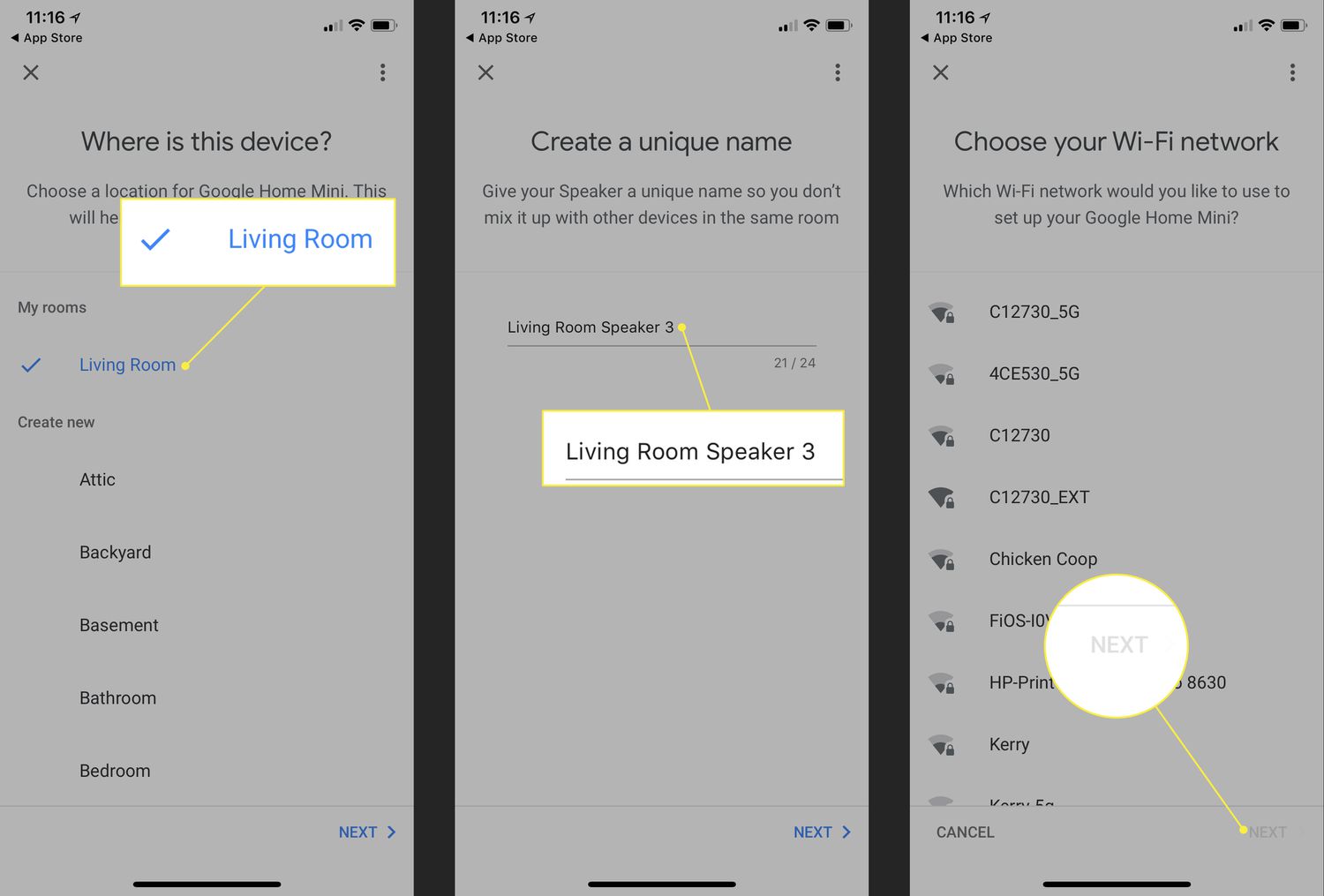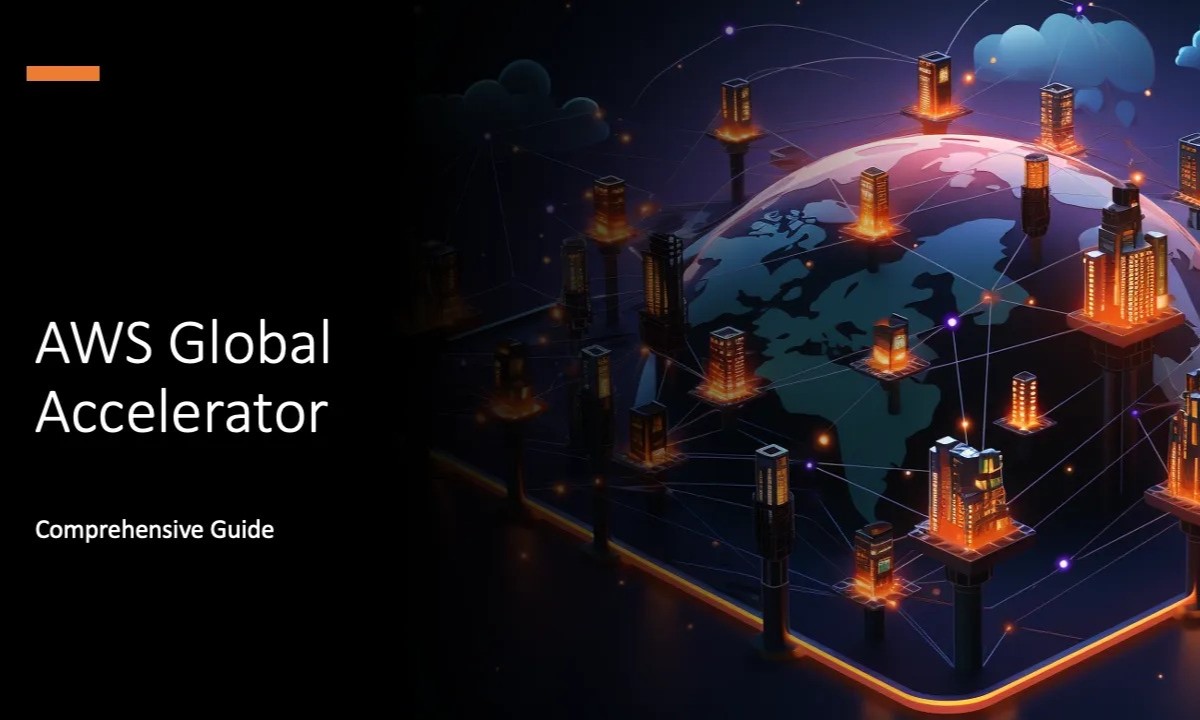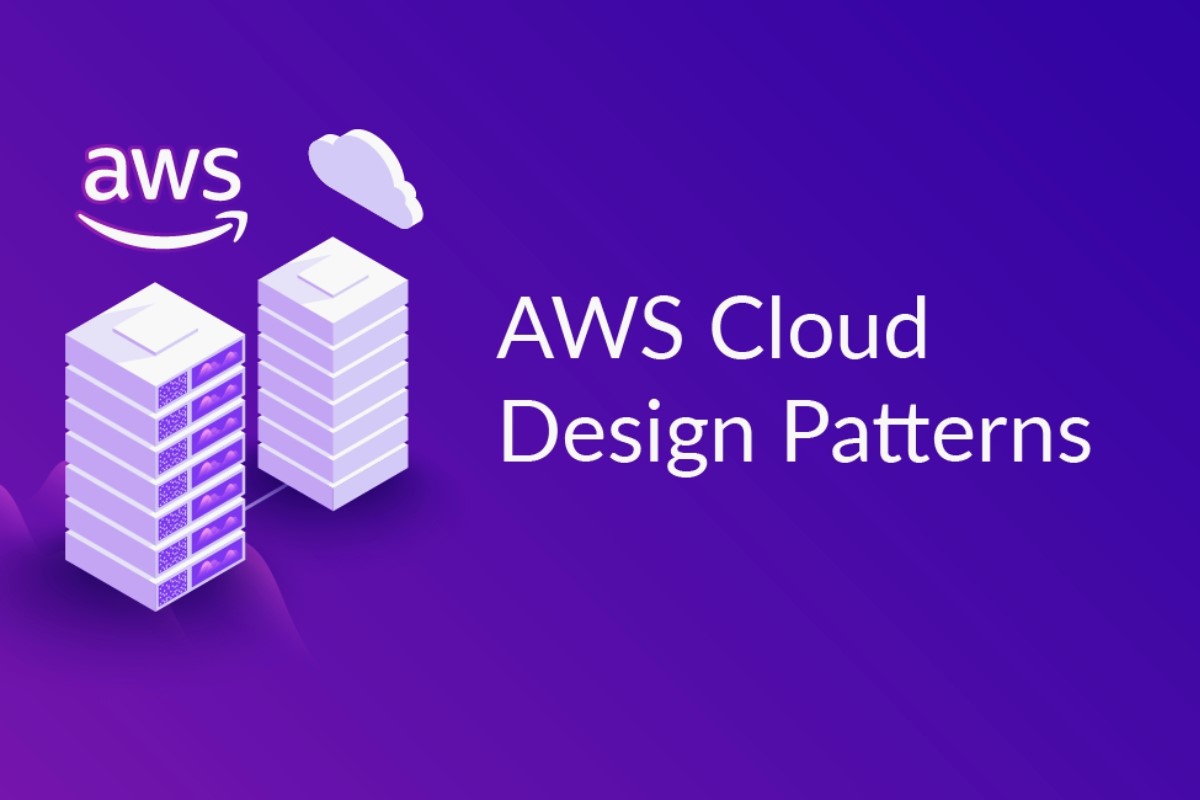Home>Technology and Computers>Deploying A Transit Gateway That Integrates With A DX Connection On AWS With
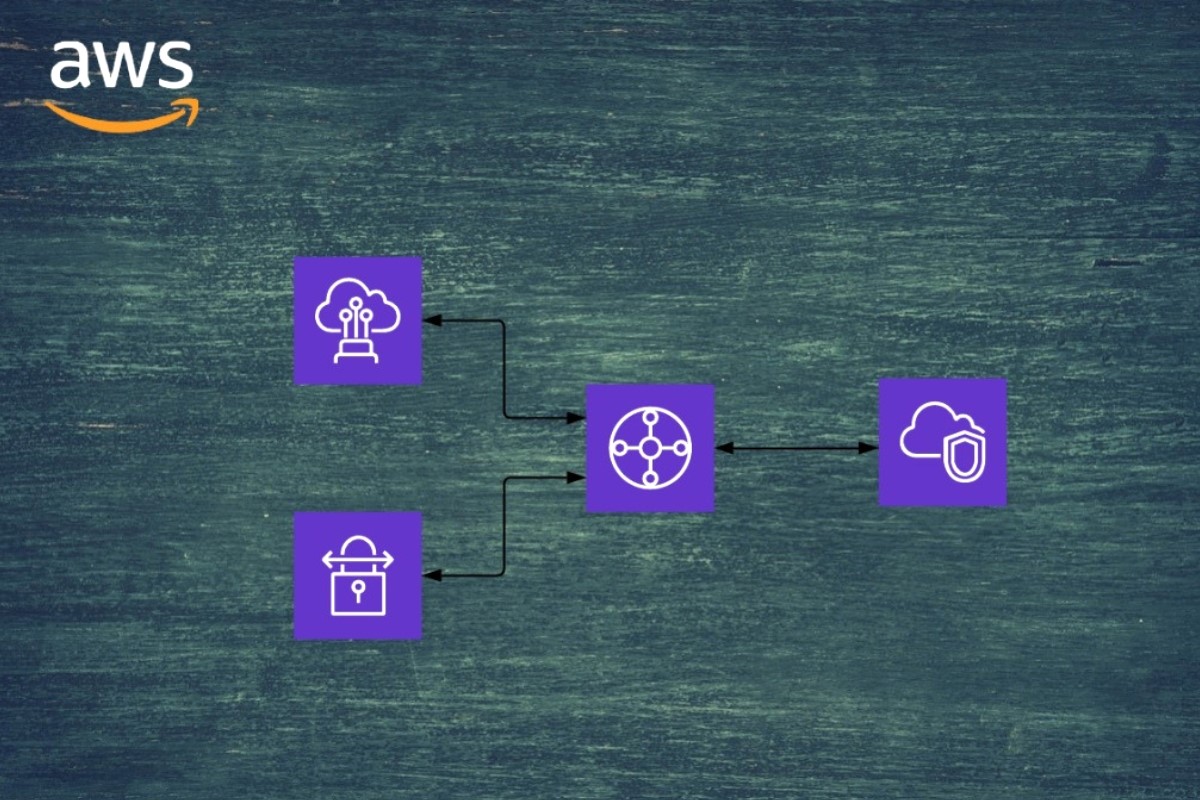

Technology and Computers
Deploying A Transit Gateway That Integrates With A DX Connection On AWS With
Published: January 23, 2024
Learn how to deploy a transit gateway that seamlessly integrates with a DX connection on AWS. Explore the latest in technology and computer solutions.
(Many of the links in this article redirect to a specific reviewed product. Your purchase of these products through affiliate links helps to generate commission for Noodls.com, at no extra cost. Learn more)
Table of Contents
Introduction
Deploying a Transit Gateway that integrates with a Direct Connect (DX) connection on Amazon Web Services (AWS) is a pivotal step in establishing a robust and scalable network infrastructure. This deployment empowers organizations to seamlessly connect their virtual private clouds (VPCs) and on-premises networks, enabling secure and efficient communication across the AWS cloud environment.
The integration of a Transit Gateway with a DX connection streamlines network management and enhances connectivity, allowing for the seamless exchange of data between on-premises data centers and AWS resources. This integration is particularly beneficial for organizations seeking to optimize their network architecture, improve data transfer speeds, and bolster overall network security.
In the following sections, we will delve into the intricacies of deploying a Transit Gateway and integrating it with a DX connection on AWS. By understanding the underlying concepts and following the deployment process, organizations can effectively leverage these technologies to create a robust and scalable network infrastructure that meets their specific requirements.
Let’s embark on this journey to explore the deployment and integration of a Transit Gateway with a DX connection, unraveling the essential steps and best practices to ensure a seamless and efficient network architecture on AWS.
Understanding Transit Gateway and Direct Connect (DX) on AWS
Transit Gateway is a highly scalable and fully managed service offered by AWS, designed to simplify the connectivity between VPCs, on-premises networks, and other AWS services. It serves as a central hub that facilitates the seamless and efficient exchange of traffic across a network infrastructure. By consolidating connectivity, Transit Gateway streamlines network management, reduces operational complexities, and enhances overall network performance.
Direct Connect (DX) complements Transit Gateway by providing a dedicated and private connection between an organization’s on-premises data center and AWS. This dedicated connection bypasses the public internet, offering higher bandwidth and lower latency, thereby ensuring a secure and reliable link for data transfer. DX enables organizations to establish a private, high-speed connection to AWS, allowing for a more consistent network experience and enhanced data privacy.
When integrating Transit Gateway with a DX connection, organizations can extend the benefits of both services to create a unified and resilient network architecture. This integration enables seamless communication between on-premises resources and AWS, fostering a cohesive and efficient network environment.
By leveraging Transit Gateway and DX, organizations can achieve the following key benefits:
-
Scalability: Transit Gateway supports the interconnection of thousands of VPCs and on-premises networks, providing a scalable solution for expanding network connectivity as the organization grows.
-
Simplified Network Management: With Transit Gateway, organizations can centrally manage and monitor network traffic, simplifying the administration of connectivity across multiple VPCs and on-premises resources.
-
Enhanced Security: DX offers a private connection to AWS, reducing exposure to potential security threats associated with public internet connections. By integrating Transit Gateway with DX, organizations can further enhance network security by establishing a secure and dedicated link for data exchange.
-
Improved Performance: The integration of Transit Gateway with DX enables organizations to achieve low-latency, high-bandwidth connectivity between on-premises data centers and AWS resources, resulting in improved data transfer speeds and network performance.
Understanding the capabilities and benefits of Transit Gateway and DX is crucial for organizations seeking to optimize their network architecture on AWS. By harnessing the power of these services, organizations can establish a robust, scalable, and secure network infrastructure that meets the demands of modern cloud-based environments.
Preparing for Deployment
Before embarking on the deployment of a Transit Gateway that integrates with a Direct Connect (DX) connection on Amazon Web Services (AWS), thorough preparation is essential to ensure a seamless and efficient implementation. The preparatory phase encompasses several key steps that lay the foundation for a successful deployment, encompassing network assessment, resource allocation, and configuration planning.
Network Assessment
Conducting a comprehensive assessment of the existing network infrastructure is paramount to identify the specific requirements and dependencies for integrating Transit Gateway with a DX connection. This assessment involves evaluating the current network topology, including VPC configurations, on-premises network architecture, and existing connectivity solutions. By gaining a clear understanding of the network layout and traffic patterns, organizations can effectively plan for the integration of Transit Gateway and DX, ensuring compatibility and optimal performance.
Resource Allocation
Determining the resource allocation for the deployment is a critical aspect of the preparatory phase. This involves assessing the network bandwidth requirements, identifying the number of VPCs to be interconnected, and allocating the necessary compute and networking resources to support the integration. By accurately estimating resource needs, organizations can provision the required infrastructure and allocate the appropriate network resources to accommodate the seamless integration of Transit Gateway with a DX connection.
Read more: Integrating EKS With Other AWS Services
Configuration Planning
Thorough configuration planning is essential to define the parameters and settings for the deployment of Transit Gateway and its integration with DX. This includes defining the routing policies, establishing the necessary security measures, and configuring the network settings to ensure compatibility and seamless connectivity. Additionally, organizations need to plan for any required adjustments to the existing network configurations, such as route propagation and route table associations, to facilitate the integration process effectively.
Compliance and Security Considerations
Ensuring compliance with regulatory requirements and implementing robust security measures are integral aspects of the preparatory phase. Organizations must assess the compliance standards applicable to their network environment and implement security best practices to safeguard data integrity and privacy. This involves evaluating encryption requirements, access control policies, and compliance with industry-specific regulations to establish a secure and compliant network infrastructure.
By meticulously preparing for the deployment of a Transit Gateway that integrates with a DX connection on AWS, organizations can lay the groundwork for a successful implementation. Through network assessment, resource allocation, configuration planning, and adherence to compliance and security considerations, organizations can set the stage for a seamless and efficient integration that optimizes network connectivity and performance.
Deploying the Transit Gateway
The deployment of a Transit Gateway on Amazon Web Services (AWS) is a pivotal step in establishing a centralized hub for interconnecting multiple virtual private clouds (VPCs) and on-premises networks. This process involves configuring and provisioning the Transit Gateway to facilitate seamless communication and traffic exchange across the network infrastructure. By following best practices and leveraging the capabilities of AWS, organizations can effectively deploy a Transit Gateway to streamline network connectivity and enhance overall network management.
Configuration and Setup
The deployment process begins with configuring the Transit Gateway through the AWS Management Console or utilizing AWS Command Line Interface (CLI) commands. Organizations need to define the Transit Gateway’s attributes, including its unique identifier, associated VPC attachments, route tables, and security settings. During the setup phase, careful consideration should be given to defining the routing policies and route propagation settings to ensure efficient traffic distribution and connectivity across interconnected VPCs and on-premises networks.
Read more: Integrating Bitbucket In AWS Codepipeline
VPC Attachments
Integrating VPCs with the Transit Gateway involves attaching the relevant VPCs to the Transit Gateway, enabling seamless communication and traffic exchange between the interconnected VPCs. This step requires associating the VPCs with the Transit Gateway and configuring the necessary route tables to facilitate the routing of traffic through the Transit Gateway. By attaching VPCs to the Transit Gateway, organizations can establish a unified network architecture that simplifies network management and enhances connectivity.
Route Table Configuration
Configuring the route tables associated with the Transit Gateway is essential to define the routing policies for directing traffic between interconnected VPCs and on-premises networks. Organizations need to carefully define the route propagation settings, route priorities, and destination routes to ensure optimal traffic flow and connectivity. Additionally, configuring route tables enables organizations to implement granular control over network traffic and define specific routing paths based on their network requirements.
Testing and Validation
Upon completing the deployment of the Transit Gateway, thorough testing and validation are crucial to ensure the seamless operation of the interconnected network infrastructure. Organizations should conduct comprehensive testing to verify the connectivity between VPCs, validate the routing of traffic through the Transit Gateway, and ensure the successful exchange of data across the network. By validating the deployment, organizations can identify and address any potential issues or misconfigurations, ensuring the reliability and efficiency of the Transit Gateway deployment.
Ongoing Management and Optimization
Following the deployment of the Transit Gateway, ongoing management and optimization are essential to maintain the efficiency and scalability of the network infrastructure. This involves monitoring the performance of the Transit Gateway, optimizing routing policies as network requirements evolve, and implementing best practices for network security and compliance. By proactively managing and optimizing the Transit Gateway deployment, organizations can ensure a resilient and scalable network architecture that meets their evolving connectivity needs.
In summary, deploying a Transit Gateway on AWS involves a series of critical steps, including configuration and setup, VPC attachments, route table configuration, testing and validation, and ongoing management. By meticulously following best practices and leveraging the capabilities of AWS, organizations can establish a robust and scalable network infrastructure that optimizes connectivity and enhances overall network management.
Integrating with a DX Connection
Integrating a Transit Gateway with a Direct Connect (DX) connection on Amazon Web Services (AWS) is a pivotal step in establishing a seamless and high-performance network architecture that bridges on-premises resources with AWS cloud environments. This integration empowers organizations to leverage the dedicated and private connectivity provided by DX to facilitate secure and efficient data exchange between their on-premises data centers and AWS resources.
The integration process involves several key steps to ensure the seamless and effective interconnection of the Transit Gateway with a DX connection:
DX Connection Setup
The integration process commences with the setup and configuration of the DX connection within the AWS environment. This involves provisioning the necessary resources, defining the connection parameters, and establishing the dedicated link between the on-premises data center and AWS. By configuring the DX connection, organizations can create a private and high-speed link that serves as the foundation for integrating with the Transit Gateway.
Transit Gateway Association
Associating the DX connection with the Transit Gateway is a critical aspect of the integration process. This step involves linking the DX connection to the Transit Gateway, enabling the seamless exchange of traffic between the on-premises network and AWS resources. By associating the DX connection with the Transit Gateway, organizations can extend the benefits of dedicated connectivity to their interconnected VPCs, enhancing network performance and data transfer speeds.
Route Propagation and Configuration
Configuring route propagation and defining the routing policies for the DX connection within the Transit Gateway is essential to facilitate the efficient routing of traffic between the on-premises network and AWS. This involves defining the route propagation settings, configuring the route tables associated with the Transit Gateway, and establishing the necessary routing paths to ensure optimal traffic flow. By carefully configuring route propagation, organizations can streamline the exchange of data and ensure seamless connectivity across the integrated network infrastructure.
Testing and Validation
Thorough testing and validation are imperative to verify the successful integration of the Transit Gateway with the DX connection. Organizations should conduct comprehensive testing to validate the connectivity between the on-premises network and AWS, verify the routing of traffic through the DX connection, and ensure the seamless exchange of data. By rigorously testing the integration, organizations can identify and address any potential issues, ensuring the reliability and efficiency of the integrated network architecture.
By meticulously following these integration steps, organizations can seamlessly integrate a Transit Gateway with a DX connection, creating a resilient and high-performance network architecture that optimizes connectivity between on-premises resources and AWS. This integration empowers organizations to leverage the dedicated and secure connectivity provided by DX, enhancing network performance and enabling efficient data exchange across the interconnected network infrastructure.
Testing and Troubleshooting
Testing and troubleshooting are integral phases in the deployment and integration of a Transit Gateway with a Direct Connect (DX) connection on Amazon Web Services (AWS). These phases are crucial for validating the seamless operation of the interconnected network infrastructure and identifying and resolving any potential issues that may arise during the deployment and integration process.
Testing Procedures
Thorough testing is essential to ensure the reliability and efficiency of the deployed Transit Gateway and its integration with the DX connection. The testing procedures encompass various aspects of network connectivity, traffic routing, and data exchange to validate the seamless operation of the integrated network architecture. Key testing procedures include:
-
Connectivity Testing: Verifying the connectivity between interconnected VPCs, on-premises networks, and AWS resources to ensure seamless communication and data exchange.
-
Traffic Routing Validation: Validating the routing of traffic through the Transit Gateway and the DX connection to ensure optimal traffic flow and efficient data transfer.
-
Data Exchange Verification: Testing the exchange of data between on-premises resources and AWS to ensure the successful transmission and reception of data across the integrated network infrastructure.
-
Performance Evaluation: Assessing the network performance, including latency, bandwidth utilization, and data transfer speeds, to ensure optimal network operation.
Troubleshooting and Issue Resolution
In the event of any issues or discrepancies identified during the testing phase, proactive troubleshooting and issue resolution are essential to address and rectify the underlying causes. Troubleshooting involves diagnosing network connectivity issues, identifying misconfigurations, and resolving any potential bottlenecks that may impact the efficiency of the integrated network architecture. Key steps in troubleshooting include:
-
Log Analysis: Reviewing network logs and diagnostic data to identify any anomalies or errors that may impact network connectivity and data exchange.
-
Configuration Validation: Verifying the configuration settings of the Transit Gateway, DX connection, and associated network resources to ensure compatibility and accuracy.
-
Route Table Examination: Analyzing the route tables and routing policies to identify any misconfigured routes or routing conflicts that may affect traffic flow.
-
Collaborative Debugging: Collaborating with network administrators, AWS support, and relevant stakeholders to diagnose and resolve complex network issues effectively.
By diligently conducting testing procedures and implementing proactive troubleshooting measures, organizations can ensure the seamless operation of the integrated network infrastructure and address any potential issues that may arise during the deployment and integration process. This rigorous approach to testing and troubleshooting is essential to validate the reliability and efficiency of the interconnected network architecture, ultimately ensuring a robust and high-performance network environment on AWS.
Conclusion
In conclusion, the deployment and integration of a Transit Gateway with a Direct Connect (DX) connection on Amazon Web Services (AWS) represent a significant advancement in establishing a resilient, scalable, and high-performance network architecture. By leveraging the capabilities of Transit Gateway and DX, organizations can streamline network connectivity, enhance data transfer speeds, and foster secure communication between on-premises resources and AWS cloud environments.
The deployment process involves meticulous configuration, VPC attachments, route table setup, and thorough testing to ensure the seamless operation of the Transit Gateway. Integrating the Transit Gateway with a DX connection further enhances network performance, providing a dedicated and private link for efficient data exchange. The integration process encompasses DX connection setup, Transit Gateway association, route propagation configuration, and rigorous testing to validate the seamless connectivity between on-premises networks and AWS resources.
Thorough preparation, including network assessment, resource allocation, and compliance considerations, lays the foundation for a successful deployment and integration. Testing and troubleshooting are essential phases to validate the reliability and efficiency of the integrated network architecture and address any potential issues that may arise during the process.
By embracing the capabilities of Transit Gateway and DX, organizations can achieve scalability, simplified network management, enhanced security, and improved performance. This empowers them to meet the evolving demands of modern cloud-based environments while ensuring a resilient and efficient network infrastructure.
In essence, the deployment and integration of a Transit Gateway with a DX connection on AWS enable organizations to establish a cohesive and high-performance network architecture that optimizes connectivity, fosters secure data exchange, and supports the seamless integration of on-premises resources with AWS cloud environments. This strategic integration represents a significant step forward in creating a robust and scalable network infrastructure that aligns with the evolving connectivity needs of organizations in the digital era.
